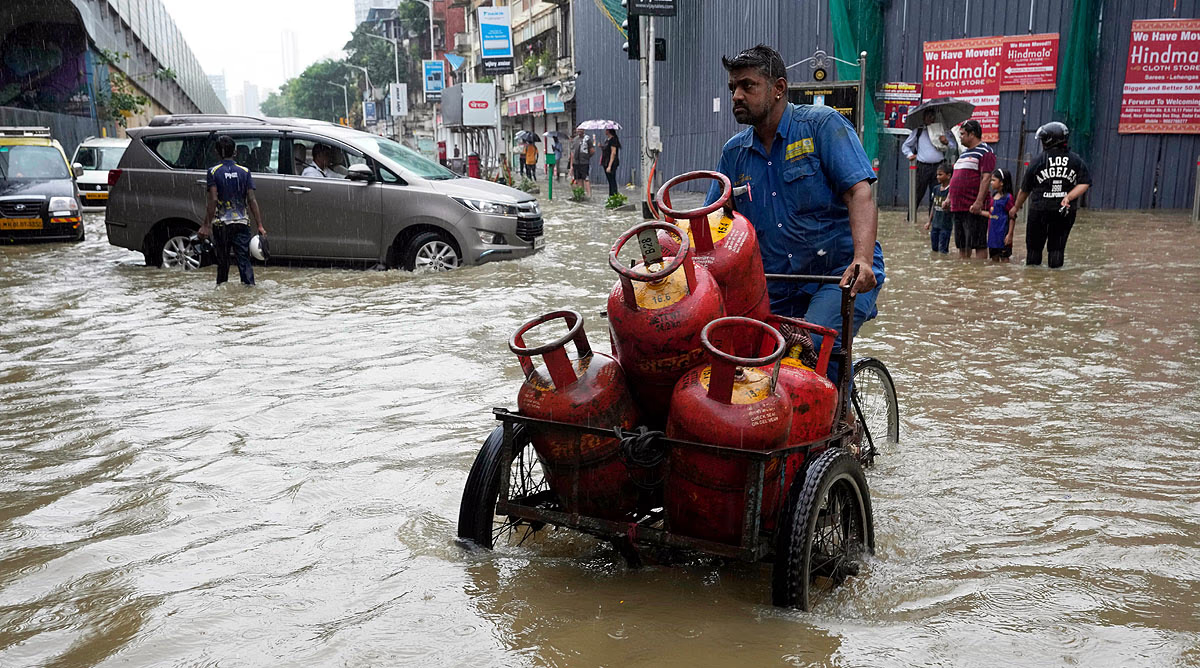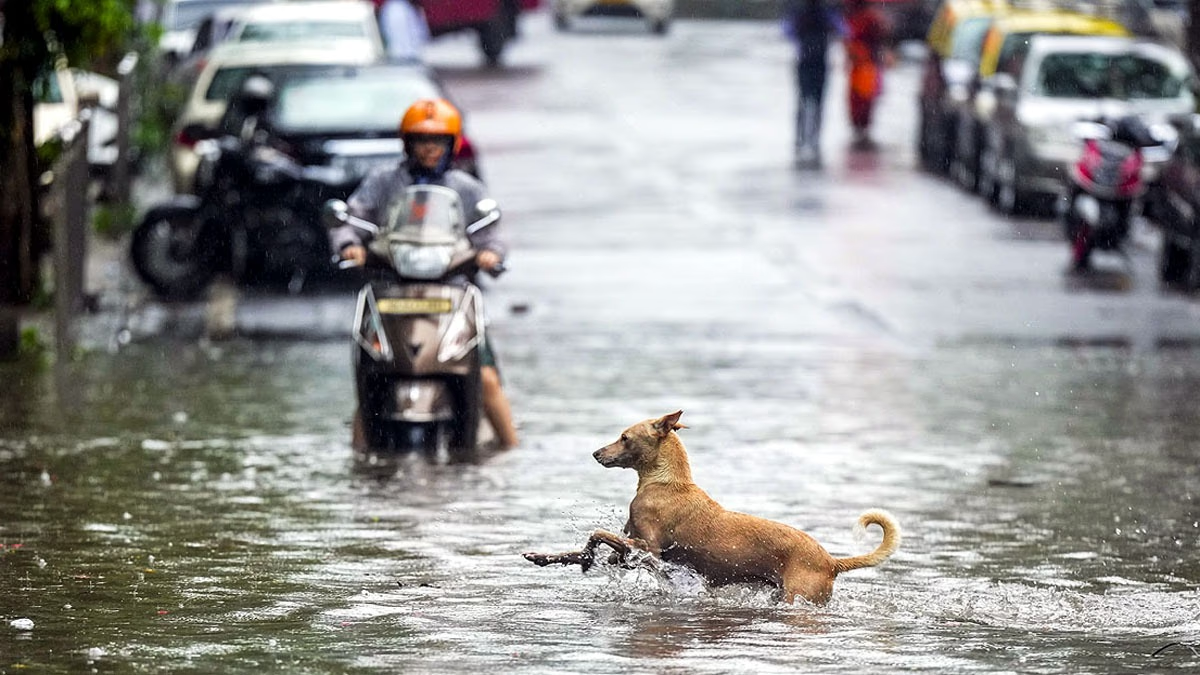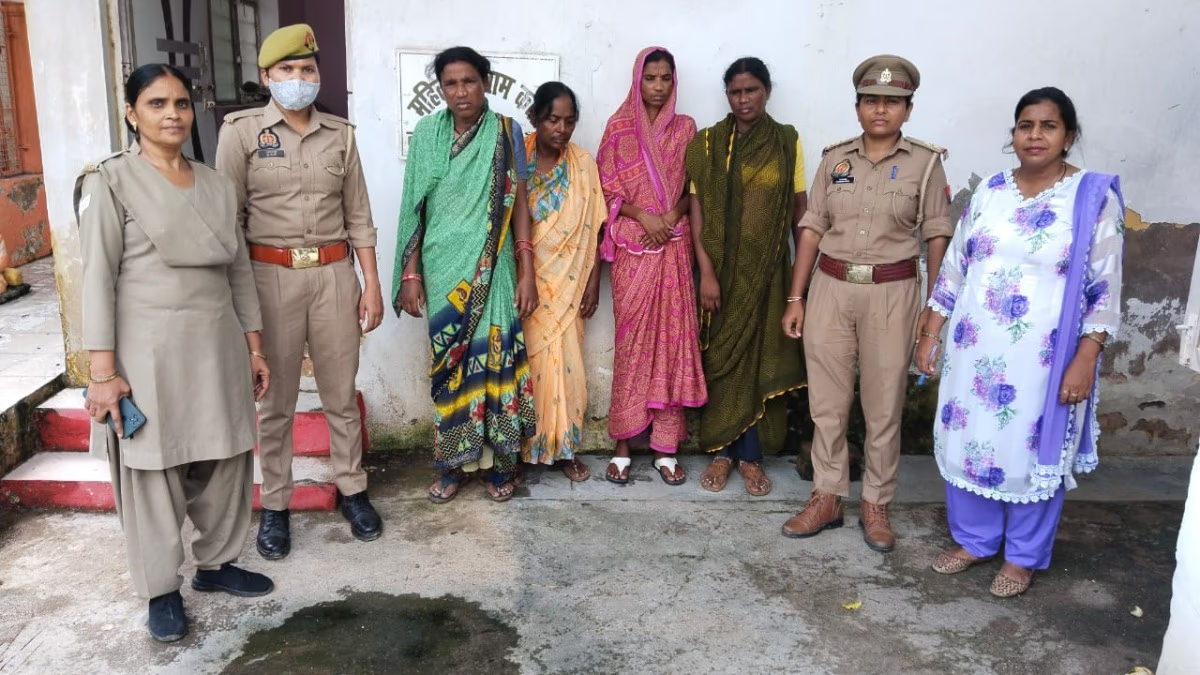India's agriculture hinges on the monsoon season, a lifeline between June and October that accounts for about three-quarters of the nation's total rainfall. It profoundly affects farming, the economy, and daily life. However, the monsoon's nature is changing, influenced by scientific factors.
The New Face of Monsoon
Scientists at the India Meteorological Department (IMD) analyzed data from 1971 to 2020. They found that the monsoon duration is increasing by an average of 1.6 days each decade, meaning the monsoon now stays longer and departs later.
Generally, the monsoon begins on June 1 in Kerala and spreads across India by July 15. It retreats between September 15 and October 15. But now, these timelines are extending, particularly delaying the retreat from northwest India.
You may also read:

Source: aajtak
What’s Behind This Change?
Scientists attribute climate change and rising temperatures as major factors behind this shift. From 1986 to 2015, India's average temperature rose by 0.15 degrees Celsius every decade and may accelerate in coming years.
According to the Global Climate Model (CMIP6), a 1-degree increase in temperature could boost monsoon rainfall by 6%. El Niño, a shift in ocean temperatures, is also altering rainfall patterns.
You may also read:
Rainfall Trends and Growth
The study highlighted that active monsoon days are increasing by 3.1 days each decade. Rainfall from June to September accounts for 75% of the yearly total, climbing to 79% when considering June to October.
Data from 1971-2020 showed differences, especially with rainfall from June to October impacting crops significantly, crucial for food security.
Impacts and Challenges
Delayed and prolonged monsoons could disrupt agricultural timelines, affecting sowing and harvesting and potentially harming farmers. Increased rainfall heightens flood risks while decreased rainfall raises drought concerns. This shift impacts water management, dam planning, and food storage. Delayed retreat in northwest India poses additional challenges for crops.
The Policy Dilemma
The monsoon is no longer just a weather issue but a policy matter. Irrigation, reservoir management, and food security strategies must adapt. Meteorologists, agricultural experts, and policymakers should collaborate to devise plans that align with the changing monsoon conditions.
Preparing for the Future
Scientists urge deeper study to understand the evolving monsoon pattern. To combat climate change, tree planting, pollution reduction, and promoting sustainable agriculture are essential. Farmers should have access to new technologies and seeds to cope with the changing climate.




